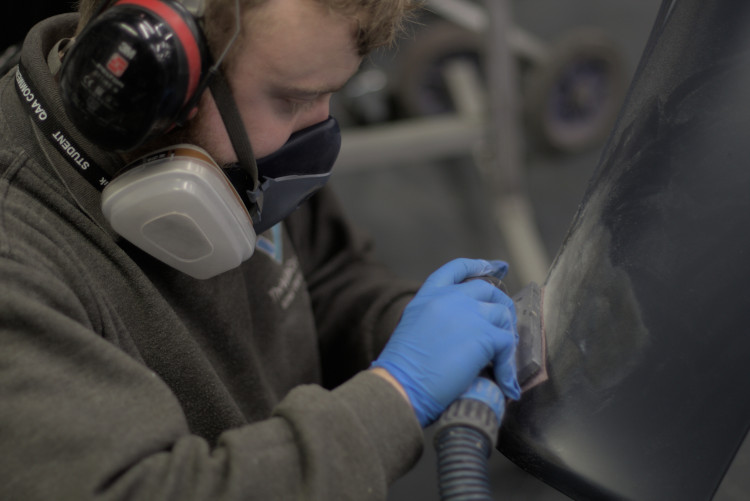
Overview of the Role
A Vehicle Damage Paint Technician works in the vehicle body repair sector of the motor industry. The role is to prepare, spray and finish vehicles that have been involved in collisions and other incidents in an efficient manner. The vehicles can include Cars/Light Commercial Vehicles. This includes ensuring correct colour match and final finish to the company and customer’s exacting standards. They usually work within a collision repair workshop or smart repair workshop/mobile repair micro business and work alongside another fully qualified Paint Technician.
An employee in this occupation understands the general principles of spray painting technology, paint composition, paint mixing and the various methods of paint spraying vehicles.
They prepare vehicles fully before painting to include masking, sanding and other necessary preparation work.
They are also responsible for keeping all company tools and equipment safe and in a clean, workable condition, paying particular attention to the reduction of any fire hazards.
Their role includes repair, surface preparation and painting to the manufacturer paint specification. A technician is able to follow defined processes to restore the vehicle to a high-quality paint finish. This includes being able to demonstrate colour identification and select the correct materials such as primers, base coats and lacquers applied using spray equipment and utilising modern drying/curing techniques such as Ultra Violet (UV), Infrared and catalytic solutions used in the refinishing of vehicles. They are able to create a safe environment, work efficiently and reduce waste.
They usually work as part of a team and under supervision.
For further information regarding the apprenticeship standard and assessment plan, including the full details of the assessment methods, please see the Institute for Apprenticeships and Technical Education website.